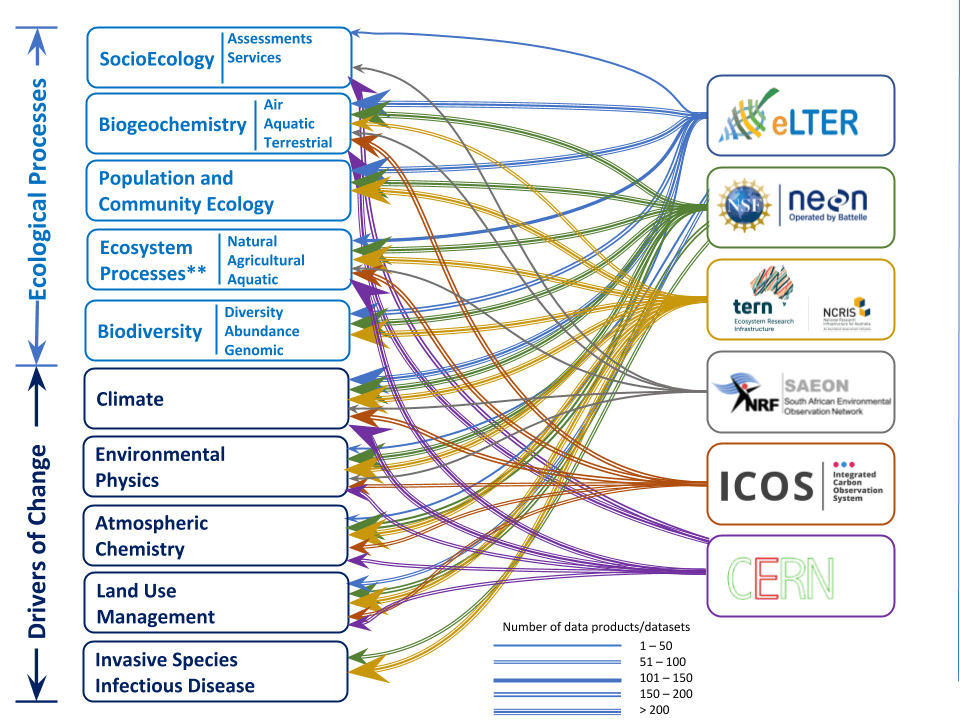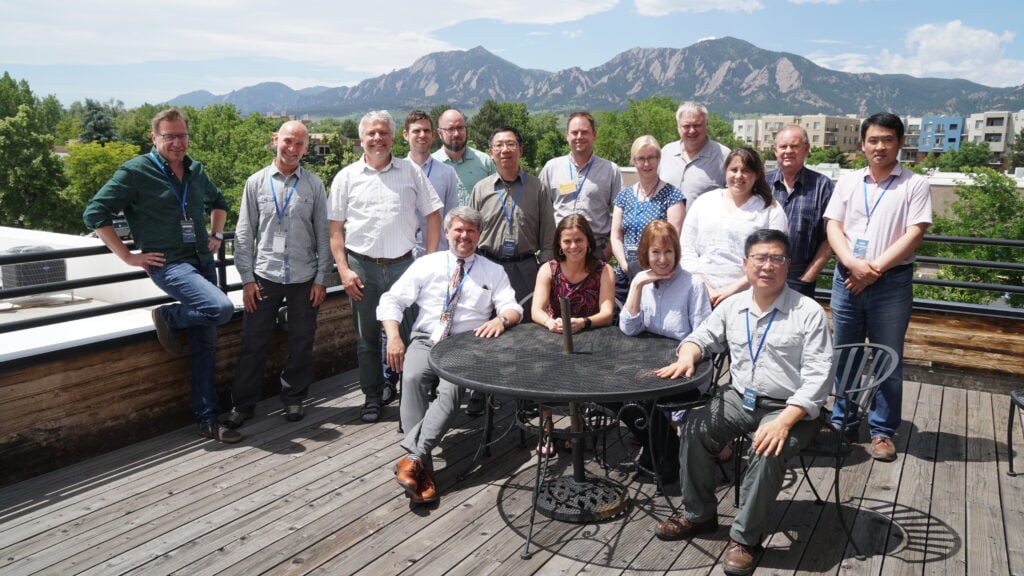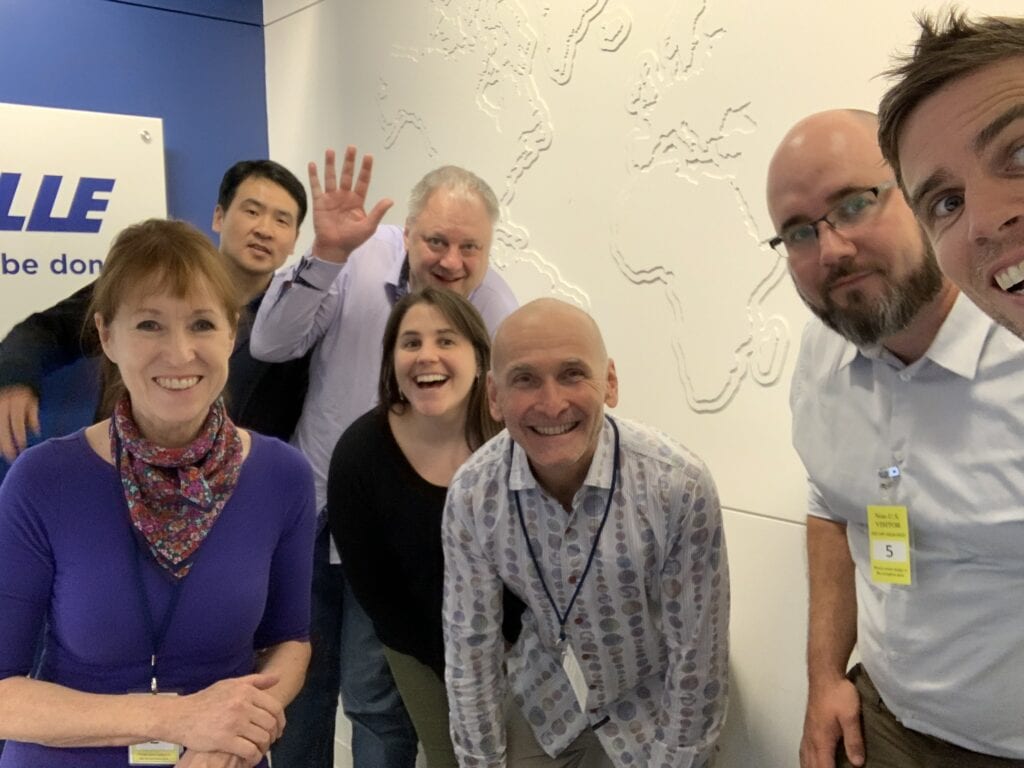The managing institutions that operate six different continental-scale ecosystem studies infrastructures, from Africa, Asia, Australia, Europe and North America (two from Europe), signed a landmark Memorandum of Understanding (MoU) on Tuesday 8 December, 2020, expressly committing to the development of the first-ever Global Ecosystem Research Infrastructure (GERI).
This GERI is an integrated network of site-based research infrastructures dedicated to better understand the function and change of indicator ecosystems across global biomes to support excellent science that can also inform political and managerial decision-making addressing grand societal challenges.
It is envisioned that a fully functioning GERI will deliver the harmonised data, international partnerships and enable new understandings of global ecological processes—stretching across continents, decades, and ecological disciplines—in ways that were not previously possible.
By bringing together these infrastructures, for the first time in history, we now have the infrastructure capability to ask environmental research questions with both societal and scientific importance across and among continents.
The GERI’s capabilities are vital to better address future, critical challenges for the sustainable management of our limited natural capital under known environmental change, and future, yet unknown environmental challenges to assure long-term human well-being on the planet.
Environmental Research Infrastructures | Host country/continent | Shareholder/sponsor/funder |
China / Asia | Chinese Academy of Science | |
European Long Term Ecosystem, critical zone and socio-ecological systems Research Network (eLTER) | Germany / Europe | European Commission |
Finland / Europe | European Commission | |
USA / North America | National Science Foundation | |
South Africa / Africa | National Research Foundation | |
Australia / Australia | National Collaborative Research Infrastructure Strategy |
Current participating Environmental Research Infrastructure (ERIs) in the Global Ecosystem Research Infrastructure (GERI) project. Please note that the Shareholders/Sponsors are NOT signees of the MOU.
Federating global capabilities
The MoU reaffirms the long-standing partnerships among the six analogous, but independent, ecosystem observing networks that monitor the ecosystems that underpin life on Earth.
Prior to this MOU and the creation of the GERI, these national Environmental Research Infrastructures (ERIs) have, for the past decade, been delivering national and/or continental-scale data to better understand the responses of the biosphere to the anthropogenic drivers of environmental change.
However, when tackling complex global issues such as climate change or biodiversity loss we need an internationally collaborative approach if we are to truly make a difference. To this end, multi-national collaborations in the area of ecosystem observation over several years have led to the signing of the GERI MoU and the creation of a global ERI network.
Federating capabilities will enable researchers around the world to tackle the programmatic work and meet the grand challenges at the global macro scale. Even though the GERI is currently terrestrial-based, broader inclusion is encouraged to bring together other ERIs and networks in support of this endeavor, and more broadly integrate atmospheric, terrestrial, coastal and ocean observations within their social-ecological context.
The MoU describes the type of relationship between the continental observatories and the overarching goals that the GERI plans to achieve (i.e. the ‘What’).

This is a conceptual Landscape map that demonstrates the collective suite of data that makes up the GERI. The data suites (fields) provided by the GERI-member Environmental Research Infrastructure are mapped against the drivers of changes (cause) and the ecological processes (effect). Each ERI is color coded with weighted lines that quantitatively indicates the number of data products/sets and the data suites they contribute towards the GERI.
G7 GSO accepted
The potential for increased international cooperation on research infrastructures has for a long time been recognised during international high-level meetings on science policy.
At the first G7 Science Ministers’ meeting in 2008, the Group of Senior Officials on global research infrastructures (GSO) was established. GSO´s mandate includes assessing and identifying research infrastructures of global interest (GRIs), and identifying possible new areas of cooperation.
At the 14th GSO meeting in Shanghai (2-4 December 2019), the GERI case was presented to the GSO, underpinning the global momentum and their respective RIs’ strong commitment to GERI. As a result, the GSO encouraged further development of GERI with a focus on refining governance. The discussions in Shanghai highlighted that successful this partnership will follow the GSO Best practice Framework of GRIS which will benefit all stakeholders and the successful implementation of GERI.

Participants in the GERI Governance Workshop, Boulder Colorado, June 2019. Standing (from left to right): S. Zacharias (Helmholz UFZ), M. Mirtl (Helmholz UFZ), W. Kutsch (ICOS ERIC), M. Grant (U Queensland), G. Feig (U Pretoria), J. Tang (Marine Biological Lab), B. Ruddell (Northern Arizona U), J. Bäck (U Finland), H. Loescher (Battelle), M. A. Genazzio (Battelle), J. Pauw (South Africa NRF), L. Zhang (CAS). Sitting (from left to right): M. Hawkins (U.S. NSF, GSO Representative (Observer)), C. Schaedel (Northern Arizona U), B. Morris (U Queensland), and X. Yu (CAS), present but not pictured, D. Hudnut (Grok Consulting).
GERI governance
All of the GERI observatories are equally important to the monitoring of ecosystems on our planet, and the governance of the new global infrastructure has been designed to reflect this.
Regularly rotating the chair of the GERI governance board is just one of the ways in which GERI is demonstrating the balance among its members. The role of chair for the governance board of GERI was officially handed from eLTER, Europe to TERN, Australia in September, where it will remain for the next six months.
Additionally, GERI’s system of governance utilises sociocracy principles (i.e., dynamic governance), which is built upon the trust and ‘group understanding’ established over several years’ of catalytic workshops, which does not infringe upon the fiduciary relationship with their respective sponsors and shareholders. This is a necessary requirement for international partnerships with different sponsors.
Over the next six months, a suite of working groups will be established to help in developing the common science questions, protocols, parameters, data systems and so on that will be adopted by GERI. The GERI Governance Board meets online bimonthly and hopefully in person at the June 2021 International Conference on Research Infrastructures (ICRI 2020).

Participants in the GERI Governance Meeting, Washington DC, February 2020: (from left to right): B. Morris (U Queensland), L. Zhang (CAS), M. A. Genazzio (Battelle), H. Loescher (Battelle), M. Mirtl (Helmholz UFZ), G. Feig (U Pretoria), M. Grant (U Queensland), present but not pictured: J. Tang (Marine Biological Lab), B. Ruddell (Northern Arizona U), S. Zacharias (Helmholz UFZ), T. Bornman (Nelson Mandela U), and E. Salmon (ICOS ERIC).







